Growing Tomatoes From Seeds: The Complete Guide
As an Amazon Associate and member of other affiliate programs, I earn from qualifying purchases.
One of the best things about vegetable gardening is eating a homegrown tomato. And when you’re growing tomatoes from seeds, you get to choose from hundreds of varieties of tomato plants.
If indulging in homegrown tomatoes is the goal, then starting tomatoes from seed is the best way to get there. Starting tomato seeds indoors allows you to control the earliest moments of your tomato plant’s life.
Healthy, happy seedlings do better at transplanting and yield a better crop. Store bought plants may have been mislabeled, treated with chemicals, or stressed and this can really affect the results you get at home.
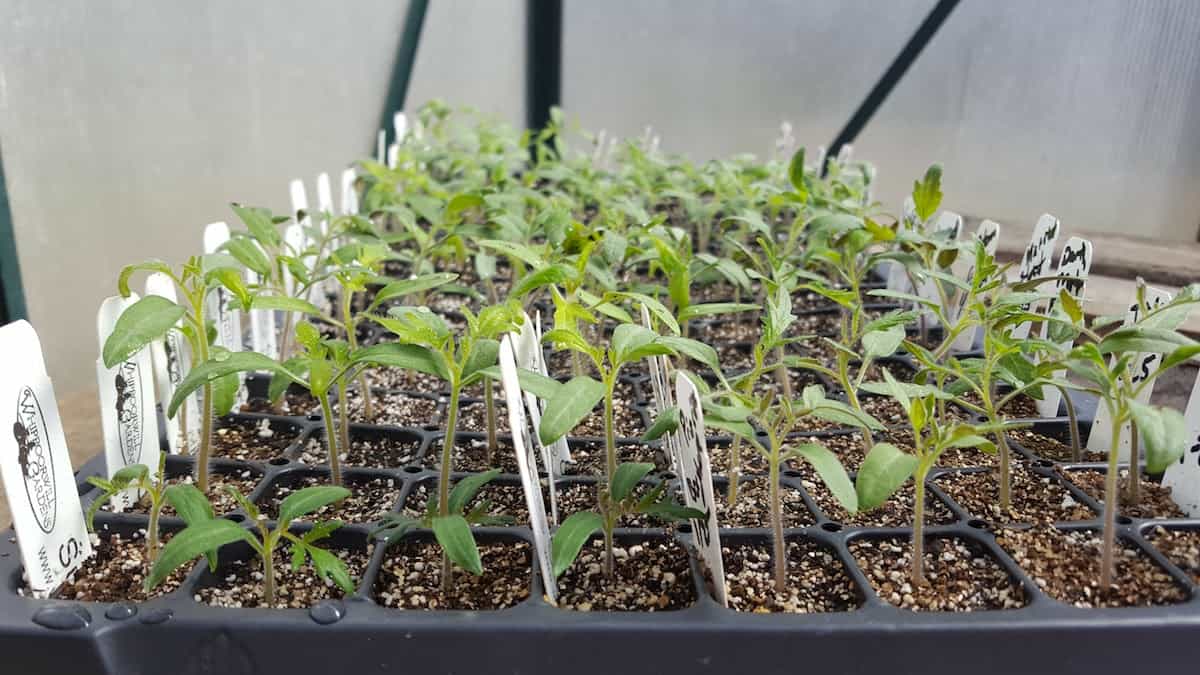
Growing Tomatoes From Seeds
Tomatoes are actually not hard to start from seed, but there are a few tricks of the trade that can help you get better results.
So in this article, we’ll go over:
● The ideal conditions for germinating tomato seeds
● How to take care of tomato seedlings in their first weeks of life
● Answers to common questions about starting tomato seeds
Before you get ready to start your tomato seeds, you first must choose some tomato varieties for your garden. Not all tomatoes are created equal, so it’s good to do your research before your pick among the thousands of choices.
When To Start Tomato Seeds
You’re shooting for 4-6 weeks before your last frost. You can start them earlier, but any less than 4 weeks and you might not have enough season to get fruit off your plants.
If you’re new to gardening, using seed starting calculators is super helpful. But if you’ve been gardening a while and know your approximate frost dates, start your plants 1-2 months prior to your last spring frost.
For example, in our area of Georgia, we start planting in April. So I know we need to have our tomatoes going by March. My sister lives in New Jersey where the last frost can come as late as mid May. So all of her tomato seeds should be planted starting in April.
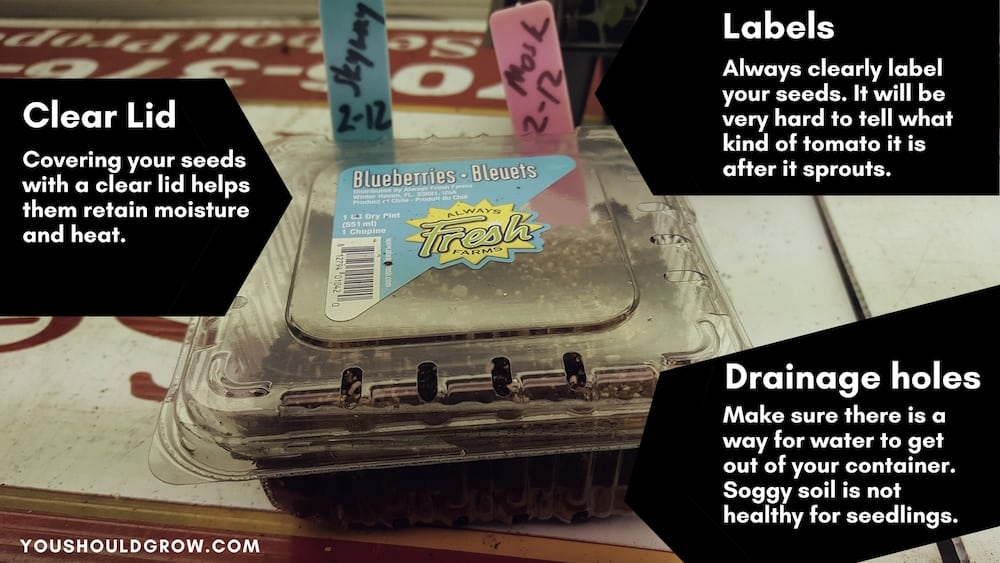
What You Need To Grow Tomatoes From Seed
First things first, make sure you have all your supplies. You don’t need any special equipment here, but investing in some basic seed starting supplies definitely helps improve your results.
Recommended supplies:
● Seeds
● Germinating mix
● Containers + dome lid or plastic bag
● Labels
● Heat mat w/ thermometer (recommended, but not necessary)
● Shop light or grow light
How To Sprout Tomato Seeds
Step 1: Fill your container with premoistened germinating mix all the way to the top.
Especially if you’re using a soilless germinating mixture, wetting it down before you fill your containers makes sure that you get even moisture throughout.
Prevent air pockets (where roots can’t grow) by tapping your container to make sure soil settles into all the spaces. Top off with more germ mix if needed.
Step 2: Put seeds in the container
There’s not a real science to this, but you can do a few things to ensure the best results.
➤ Don’t set your seeds too deep. If you push your seeds too deep, they may have trouble popping out of the soil. I use my pointer finger to do this: up to the nail bed but not past the first knuckle.
➤ Don’t crowd them. It’s okay to put multiple seeds into your container, but if they’re too close the roots will get all tangled. You can always cut some out, but if you want to keep all your seedlings, make sure there’s enough space to separate them later.
➤ Do cover them lightly with germ mix or vermiculite.
Step 3: Label container
I recommend putting the variety name, number planted, and date planted.
Step 4: Soak them with water, then cover the container
Give your freshly planted seeds a healthy watering. You don’t want them swimming in soggy soil, but you do want to make sure they maintain some moisture.
Placing a dome lid over your tray or putting your tray in a bag will help keep the moisture in and slow drying.
Step 5: Set them on a heat mat
Here’s where the supplies you choose can make or break your results. To maintain temperature an ideal soil temperature of 80-85 degrees, you really need a heat mat.
If you do use a heat mat, make sure you get one with a thermometer so you can accurately control the soil temperature and not burn them up.
Just setting your seeds inside your house is probably warm enough but you can give them a boost by placing your seed tray on top of your refrigerator.
FYI: Don’t try to use a heating pad, they get way too hot and it’s really easy to cook your seeds and seedlings.
At cooler temperatures (75-80F), you can expect germination to be slower and less consistent-meaning some of your seeds may not sprout. Give them up to 10-14 days to sprout if you’re not using a heat source.
Step 6: Put up a light
Tomatoes don’t need light to germinate but hanging it on day one means it’s there as soon as that first seeding appears. Waiting to hang the light can lead to problems…namely long leggy stems.
You can use a regular shop light with a bright white bulb or buy a seedling specific grow light. Hang the shop light just a couple of inches above your seedling trays. If you’re using, bright LED grow lights you don’t want them quite as close.
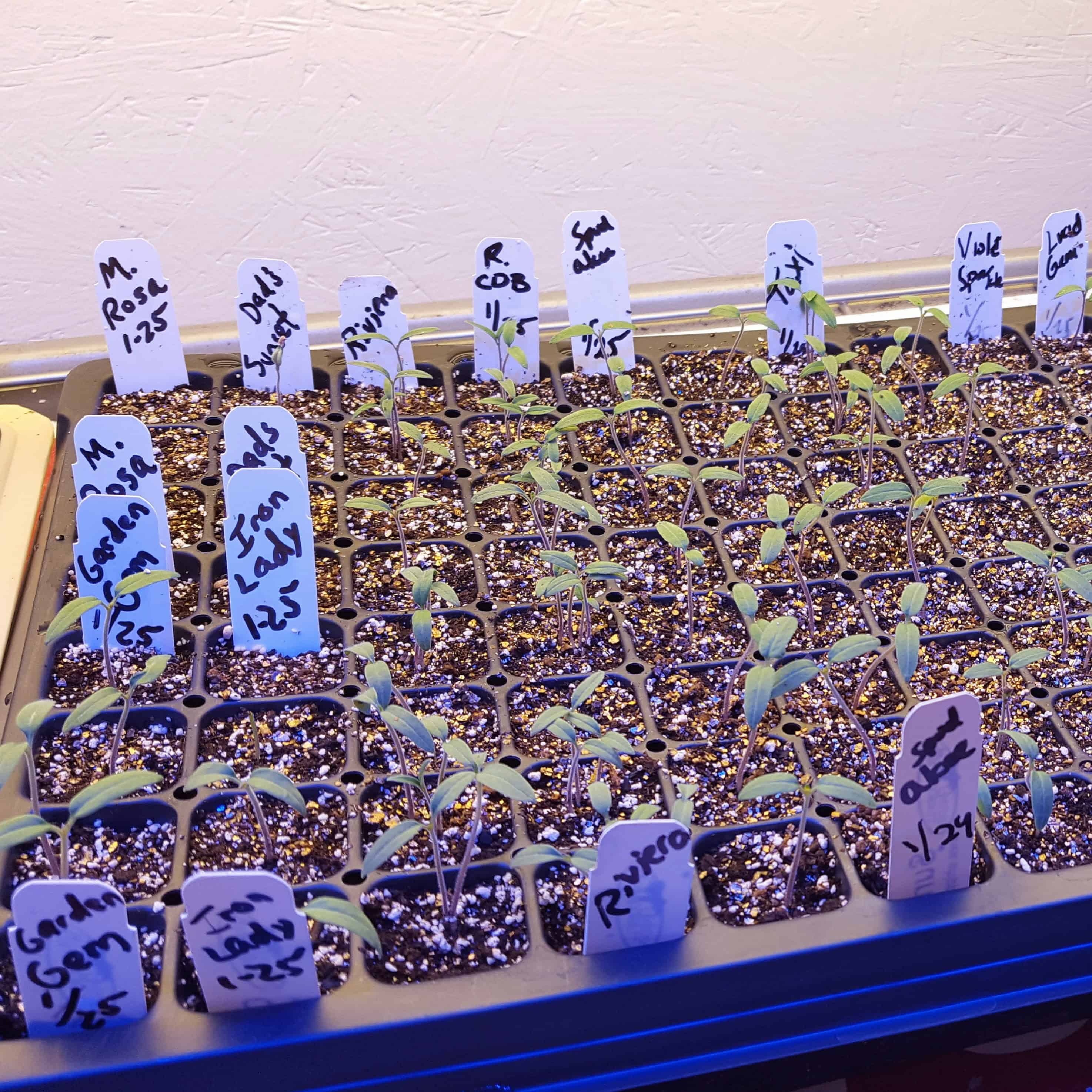
Growing tomatoes from seed FAQs
How many tomato seeds per container?
This is up to you, but here’s my recommendation. If they are brand new seeds and you have a heat mat set up, you’ll probably get close to 100% germination. So plant exactly what you need plus maybe one or two more.
If the seeds are old, were saved at home not using fermentation, or if you don’t have a heat mat set up, plant a few extra just in case they don’t all come up.
If you plant extra seeds and they all pop, cut out the weakest sprouts and leave only what you need.
How long does it take for tomato seeds to sprout?
It will take as few as 2 and up to 10 days for your seeds to sprout.
Do I need to fertilize tomato seedlings?
Seedlings will need fertilizer once they are about 2 weeks old. We usually don’t fertilize until after we’ve transplanted them from the small cell seed starting trays.
Caring for tomato seedlings after they sprout
Once they sprout, continue to check on your seedlings daily. Sprouted tomato seedlings simply need water and light for the next week or two.
Keep them covered and on heat to facilitate sprouting and water when the top of the soil appears dry. After 10 or more days have passed (or when all the seeds sprout), you can remove the lid and pull them off the heat mat.
After your seeds have sprouted and are about two weeks old, you’re ready to move on to part two of growing tomatoes from seed: how to transplant your seedlings.
Questions about starting tomato seeds?
Cool. I’m on it! Leave me a comment or join my Facebook group to get help.


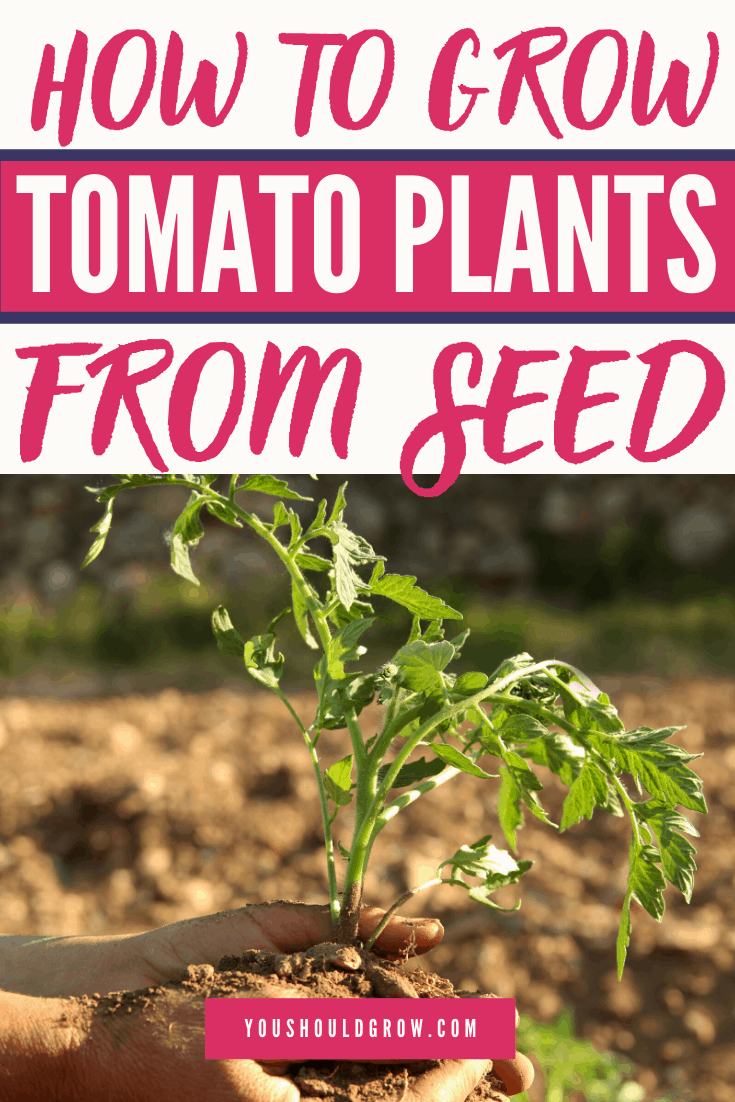
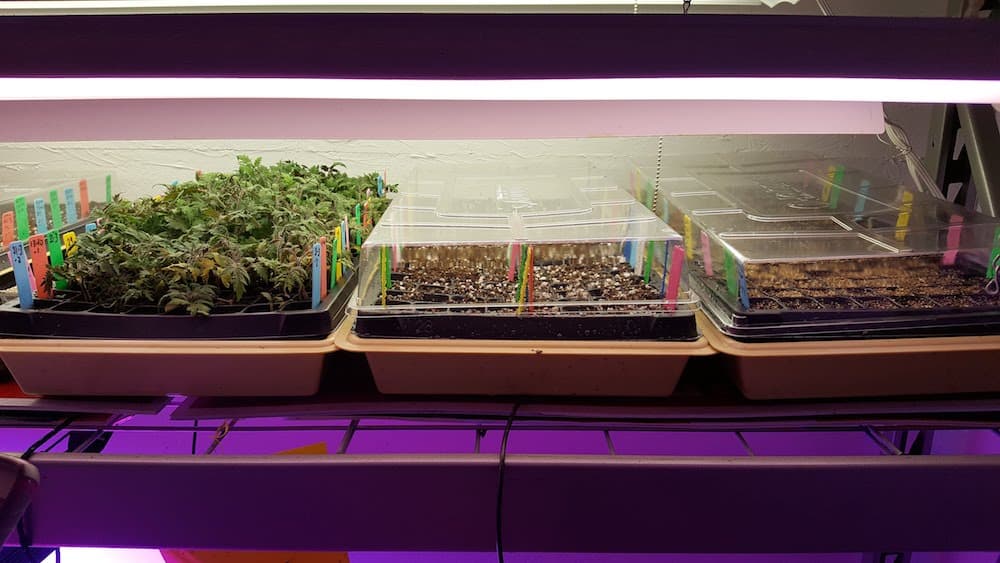
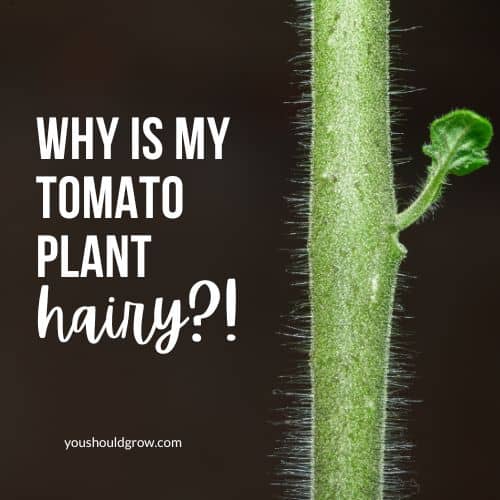
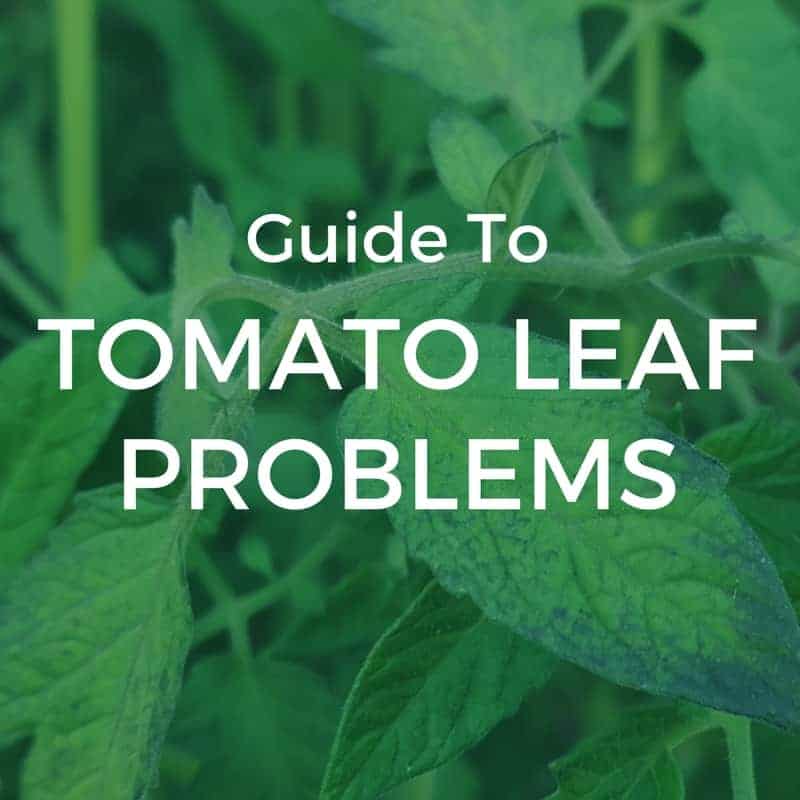
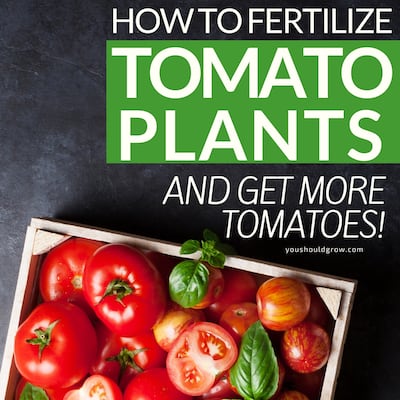
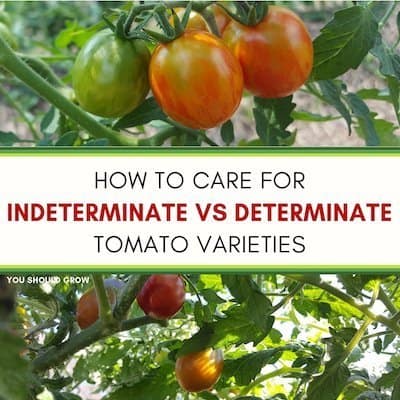
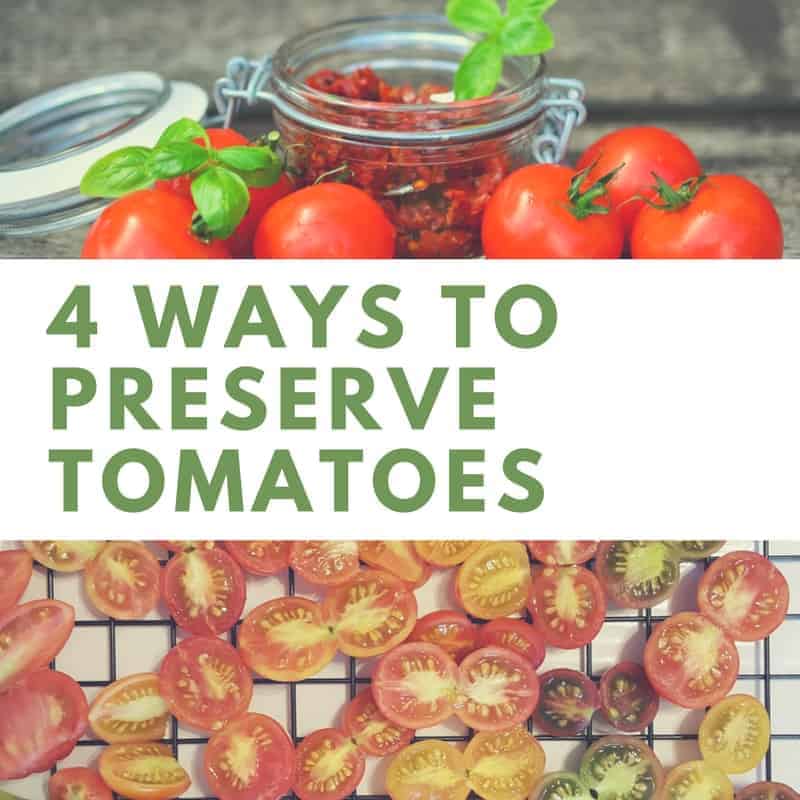
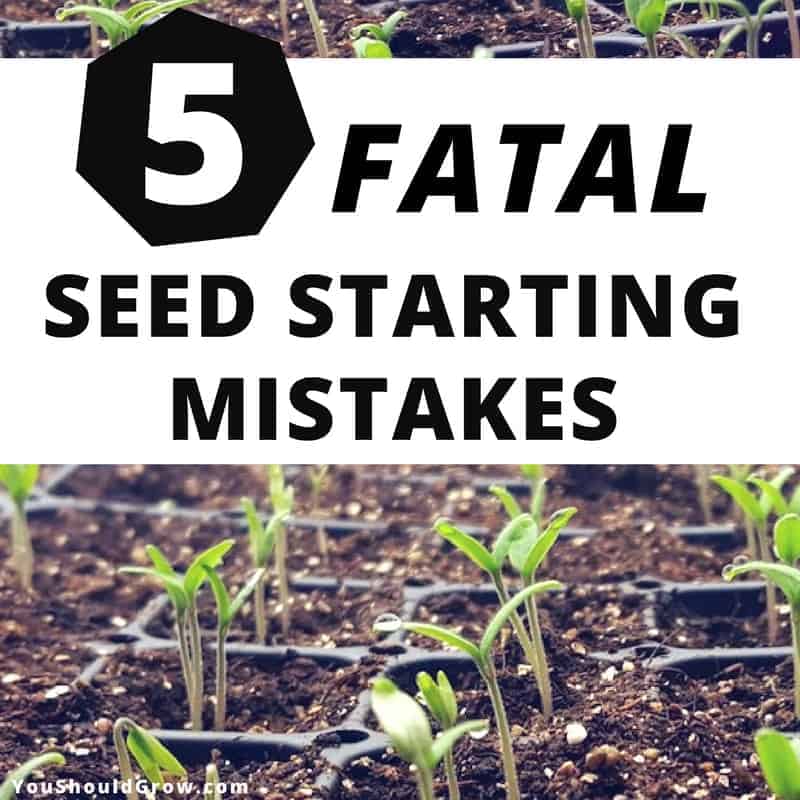
According to my experience, transplanting seedlings 2 weeks only before planting in the garden is not enough time for roots to grow well. I strongly recommend minimum 4 weeks.
what is the benifit of waiting for them to get their true leaves before transplanting? I only ask because my seedlings are about 2.5 inches long and still only have their first leaves. I can’t afford to grab a grow light yet, but they’re in my southern facing window so theyre getting plenty of sun. Can I plant transplant them now or will they be okay if I let them grow up taller while I wait to get their true leaves?
Hi, Taylor! It sounds like your seedslings are too leggy. That can happen because they are not getting enough light or because they are sitting on a heat matt too long. You can transplant them now and bury the stem a bit to help them get stronger. Sometimes even a south-facing window is not enough light for young seedlings. There are some lights that are not too expensive. Check out some of the desktop options in this post: youshouldgrow.com/full-spectrum-led-grow-lights
I don’t add fertilizer until the seedling gets its first set of true leaves an full spectrum light and light breeze on seedling an carefull with the water you use
I’m new in nursing TOMATO from SEEDLINGS.
This article is very useful to me